April Bird of the Month is the Least Sandpiper, and here is the article in the April Kite written by Ben Kolstad
As the name implies, Least Sandpiper (Calidris minutilla) is the smallest “peep” (in fact, it’s the smallest shorebird in the world). At our Palm Beach County sod farms in August, it’s sometimes possible to see the crisp brown-rufous juvenal plumage of thousands of these little birds on their way back from the breeding (well, hatching) grounds up north. It has yellow (sometimes yellow-green) legs (when they’re not covered in mud) and a black, slightly drooped bill.
If you can get a good look, you’ll notice that the eye is prominent. It appears very large and round, perhaps because of the combination of a smallish head and the lack of a supra-orbital ridge (or “eyebrow ridge”) that other peeps have.
If you’re close enough that you can see color, check out the chest. Least Sandpiper is the only “peep” with dark brown upperparts. In this respect, it looks like a miniature version of Pectoral Sandpiper, another shorebird you might see while out at the sod fields. But Pectoral is quite a bit larger, so confusion is unlikely.
When you can’t get a good enough look to pick up color, try to ID by feeding posture and behavior. If it’s leaning far forward, chest (not belly) almost in the mud, picking up food from almost between its toes, it’s likely Least.
This is one of those shorebirds that can often be found far inland. It prefers muddy shores and estuaries to sandy beaches, so wetlands in the interior are sometimes a better bet than “typical” shorebird habitat. But it can also be seen on mudflats in the Lake Worth Lagoon. It’s not an anti-shorebird like the anywhere-is-possible Killdeer or the “grasspipers,” Buff-breasted and Upland.
(Photographer’s please note that next month’s May 2016 Bird will be the Semipalmated Sandpiper)
- Least Sandpiper by Dr. Lester Shalloway
- Least Sandpiper by Dr. Lester Shalloway
- Least Sandpiper by Dr. Lester Shalloway
- Least Sandpiper by Dr. Lester Shalloway
- Least Sandpiper by Dr. Lester Shalloway
- Least Sandpiper by Dr. Lester Shalloway
- Least Sandpiper by Dr. Lester Shalloway
- Least Sandpiper by Dr. Lester Shalloway
- Least Sandpiper at Fort De Soto by Larry Hess
- Least Sandpiper at Peaceful Waters by Larry Hess
- Least Sandpiper at Peaceful Waters by Larry Hess
- Least Sandpiper at Peaceful Waters by Paul Thomas
- Least Sandpiper at Peaceful Waters by Paul Thomas

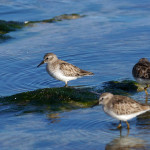
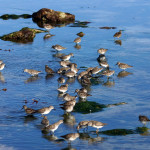
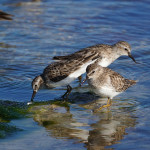
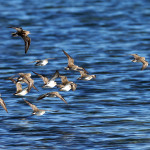
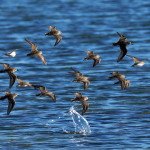
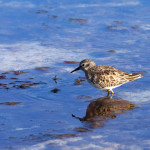
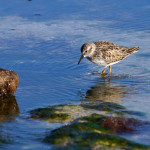
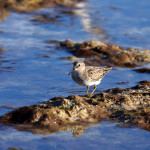
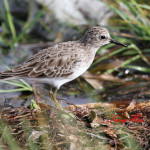
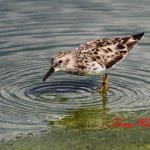
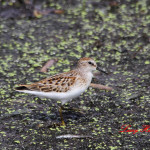
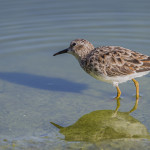
Comments are closed